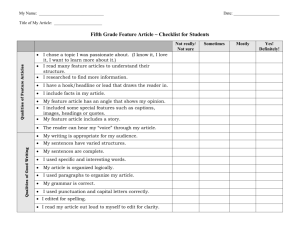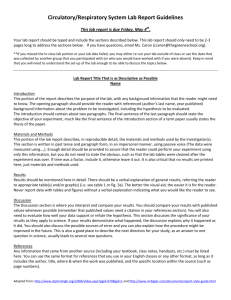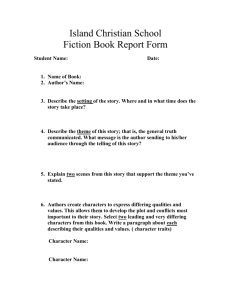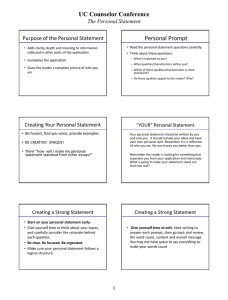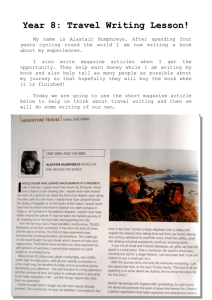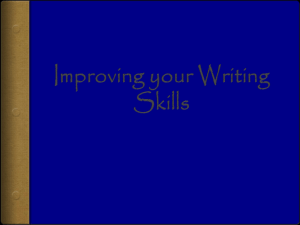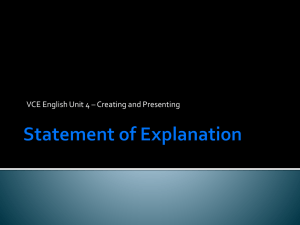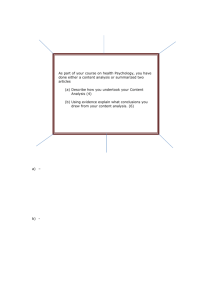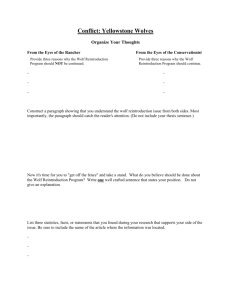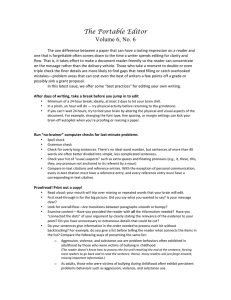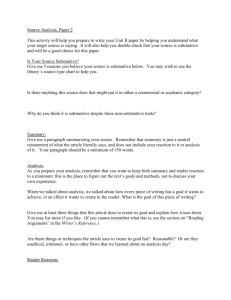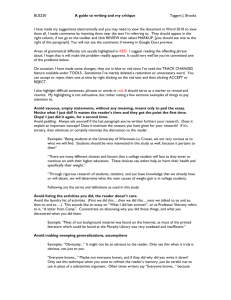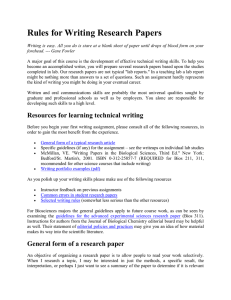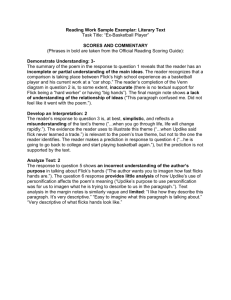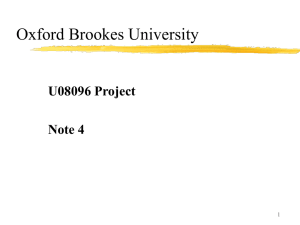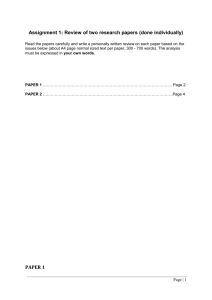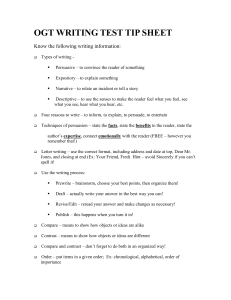Writing a Summary
advertisement
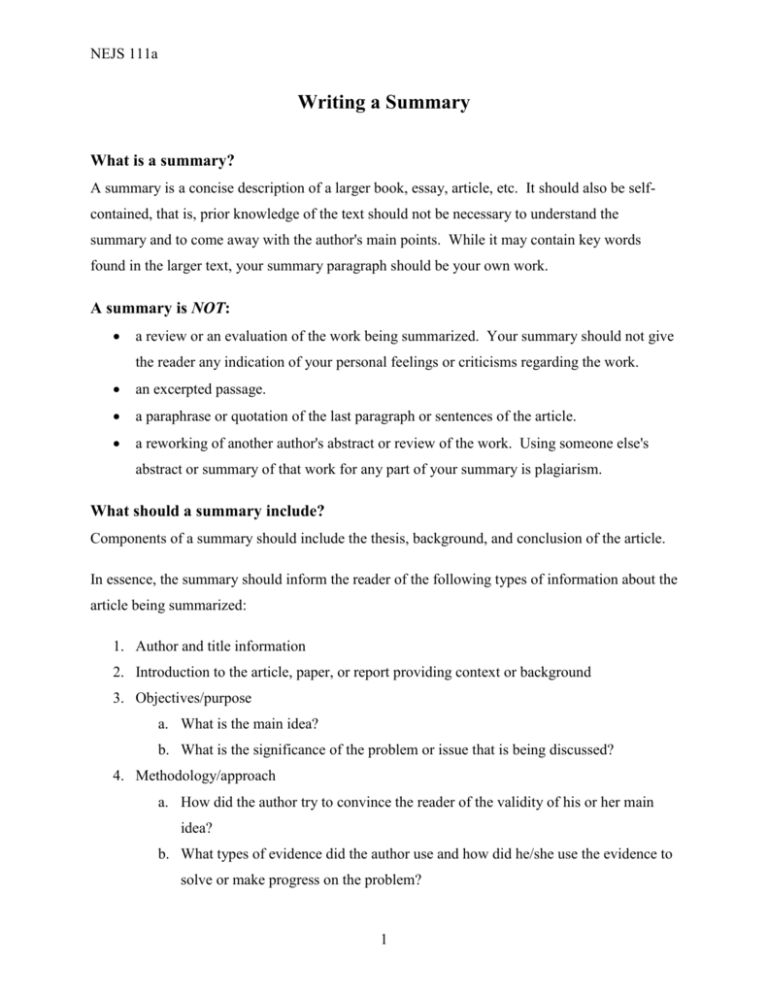
NEJS 111a Writing a Summary What is a summary? A summary is a concise description of a larger book, essay, article, etc. It should also be selfcontained, that is, prior knowledge of the text should not be necessary to understand the summary and to come away with the author's main points. While it may contain key words found in the larger text, your summary paragraph should be your own work. A summary is NOT: a review or an evaluation of the work being summarized. Your summary should not give the reader any indication of your personal feelings or criticisms regarding the work. an excerpted passage. a paraphrase or quotation of the last paragraph or sentences of the article. a reworking of another author's abstract or review of the work. Using someone else's abstract or summary of that work for any part of your summary is plagiarism. What should a summary include? Components of a summary should include the thesis, background, and conclusion of the article. In essence, the summary should inform the reader of the following types of information about the article being summarized: 1. Author and title information 2. Introduction to the article, paper, or report providing context or background 3. Objectives/purpose a. What is the main idea? b. What is the significance of the problem or issue that is being discussed? 4. Methodology/approach a. How did the author try to convince the reader of the validity of his or her main idea? b. What types of evidence did the author use and how did he/she use the evidence to solve or make progress on the problem? 1 NEJS 111a 5. A statement of conclusions a. What new knowledge did the author bring to the field? b. What are the implications of the author's research? May they be generalized, or are they specific to a particular case? Be careful not to use evaluative language; report instead of comment on the author's main idea and findings. Qualities of a Good Summary An effective summary has the following qualities: is unified, coherent, concise, and able to stand on its own. uses an introduction/body/conclusion structure which presents the article, paper, or report's purpose, method, results, and conclusions, (and, possibly, recommendations) in that order. follows strictly the chronology of the article, paper, or report. provides logical connections (or transitions) between the information included. adds no new information (information not contained in the original work). doesn't rely on the way material was phrased in the article, paper, or report but summarizes information in a new way. is understandable to a wide audience. 2
